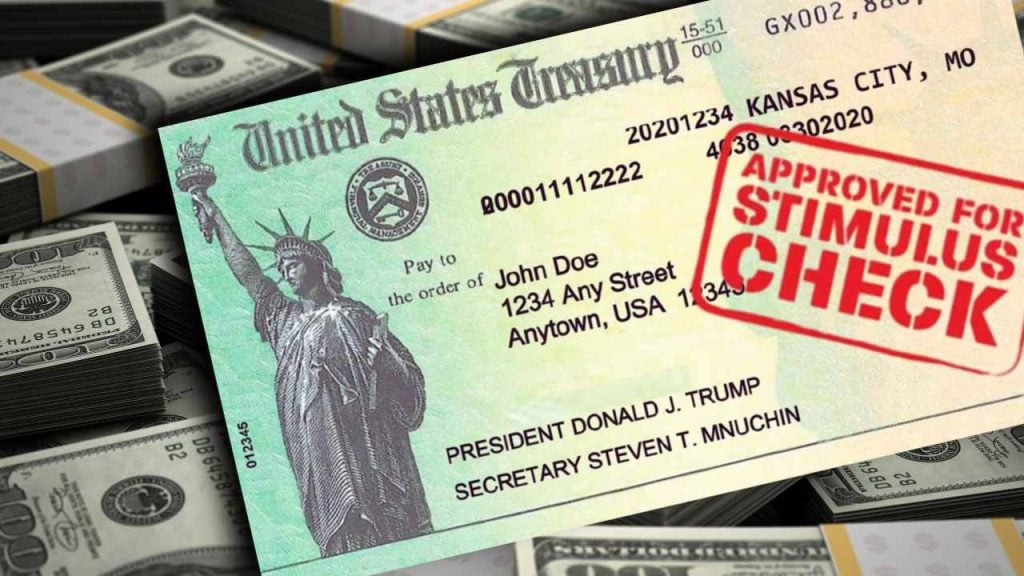The ambitious “DOGE Dividend” proposal, promising American households a staggering $5,000 stimulus checks, captured headlines and public imagination in early 2025. Spearheaded by investment CEO James Fishback and championed by then-DOGE head Elon Musk, the plan pledged to distribute 20% of savings identified by Trump’s newly formed Department of Government Efficiency (DOGE).
Fishback projected a jaw-dropping $2 trillion in savings within 18 months, theoretically freeing up $400 billion for direct stimulus payments. There was a catch: only households identified as net federal income taxpayers (roughly those earning over $40,000) would qualify, aiming to sidestep inflation concerns that plagued earlier stimulus efforts.
Trump’s $5K DOGE Dividend Plan: Where’s the Money at?
Public enthusiasm surged when Musk tweeted “Will check with the President,” swiftly followed by President Trump’s endorsement at a Miami summit: “We’re considering giving 20% of the DOGE savings to American citizens.”
Framed as a “dividend for the American people,” the proposal leveraged potent anti-bureaucracy sentiment. A February 2025 JL Partners poll reflected its appeal, showing 67% national support, including 60% among Republicans. Proponents argued it would rebuild trust by returning “wasted” tax dollars and incentivize citizens to report government inefficiencies.
Stimulus Checks that Faded: Savings Fall Drastically Short
The grand vision began crumbling under the weight of its own unrealistic assumptions. By May 2025, DOGE’s claimed savings stood at just $170 billion – a mere fraction of the promised $2 trillion. Independent watchdog groups delivered a harsher verdict, calculating net savings closer to $35 billion after accounting for $135 billion in losses from service disruptions.
Veterans faced delayed healthcare appointments, disaster response capabilities dwindled, and essential agency functions slowed. This massive shortfall transformed the promised $5,000 windfall into a theoretical $89 per household – a politically untenable pittance.
Simultaneously, fierce political opposition materialized. House Speaker Mike Johnson led Congressional Republicans in denouncing the checks as “fiscally irresponsible,” especially with the national debt soaring past $36 trillion. “Our brand is fiscal responsibility. We have to pay the credit card,” Johnson insisted, demanding savings first target deficit reduction.
The stimulus checks fluttered in the air, and slowly went away
Economists like Jessica Riedl amplified concerns: “Sending checks would be completely irresponsible amidst $3 trillion annual deficits,” warning of potential inflation reignition. Crucially, no actual legislation was ever drafted; the bipartisan House DOGE Caucus collapsed after just two unproductive meetings.
Furthermore, DOGE lacked the constitutional authority to unilaterally enforce deep cuts without Congressional approval, leading to successful lawsuits that reversed key initiatives and further eroded savings.
Protected mandatory spending programs – Social Security, Medicare, and defense, constituting roughly 67% of the federal budget – were exempt from DOGE’s knife, making the initial $2 trillion target mathematically implausible from the outset. “It is completely impossible for DOGE to save $2 trillion,” Riedl had cautioned early on, a view later vindicated.
Adding to its woes, the plan lost its most powerful advocate when Elon Musk abruptly departed his DOGE leadership role in April 2025. His silence on the dividend afterward spoke volumes.
James Fishback, the architect, attempted damage control, suggesting, “If savings are only $500 billion […] the check is $1,250,” but this revision failed to gain traction. By late spring, the Trump administration had quietly dropped all mention of the dividend, shifting focus to extending the 2017 tax cuts as DOGE’s credibility suffered from its inflated savings claims.
Are we getting any stimulus check after all?
Ultimately, taxpayers received neither the promised checks nor the substantial deficit reduction. The episode joined a long list of unfulfilled grand policy gestures, leaving behind only questions about the feasibility of such sweeping proposals and the dangers of overpromising in pursuit of political capital.
Besides this, there are no new stimulus checks packs in line to be disbursed, such as those from the pandemic era, when Trump and Biden sent millions of federal checks to American households in order to keep the economy grinds oiled.
